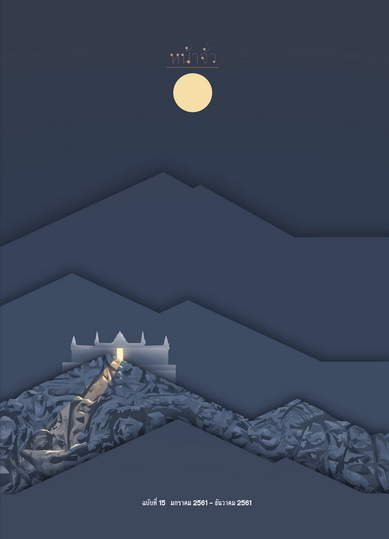การบริหารจัดการงานบูรณะพระราชนิเวศน์มฤคทายวัน/ The Restoration Management of Mrigadayavan Palace
Main Article Content
Abstract
In 1923, The Mrigadayavan Palace was built in the era of King Vajiravudh, (Rama the VI), it’s located on the beachfront of Cha-Am in Phetchaburi Province, Thailand. The palace was built into two-stories which ground floor is concrete as a base and Teak Wood palace on upper floor as the main functions. Later, from 1969-1992, King Bhumibol Adulyadej (Rama the IX) gave the permission for the Border Patrol Police Department to occupy the whole compound to be there training ground. In 1993, The Foundation of Mrigadayavan Palace Under the royal patronage of HRH Princess Bejaratana was established to manage and maintain the palace. Since 2017, His Majesty King Vajiralongkorn (Rama the X), granted the Mrigadayaven Palace to The Foundation of Mrigadayavan Palace to utilized and manage the palace for purpose of Historical Learning Center and Tourist Attraction. Due to the historical value of The Mrigadayavan Palace in term of its History, Site and Architecture, which had been partially damaged through time, then The Foundation of Mrigadayavan Palace realized the importance of architectural conservation of the architecture, therefore, the several restoration projects has been appointed since 2011.
This passage is a part of research study to study the restoration management and the conservation process of The Mrigadayavan Palace, during the year of 2011-2017 only, including pre-planning issues, and update process information, actions to restore connectivity and maintenance. The research study with specific focus into 4 buildings from the whole palace compound, including, The Royal Bathing Pavilion, The Sevagamas Hall, The Royal Dining Hall and The Royal Passage way to the Beach. The research study will focus on the process of the restoration, document, time, budget control, the complexity of people involved in construction process and materials that will apply for the project from searching and collecting reports and interviews with the persons who involved in the restoration.
From the study process as intentioned above, the research will prove the accomplishment of The Mrigadayavan Palace Restoration Project by using the comparison study of Conservation theory and Architecture Management theory. It divides into 2 phases: the pre-construction phase, preparation of the survey with expert personnel and planning with separate budgets for pre-construction survey and assign the duties of the person concerned. The part of construction phase, there are the implement the plan and review the plan for implementation and timing and systematic document management that can check and coordination in material handling and techniques, methods used in restoration. Management of documents, budget, repair materials, action plan and timeline are defined. This is consistent with conservation theory and architectural management theory. The management of the restoration works in full efficiency because of the palace is a private organization. It makes time and budget flexible if mistakes were happened, they can be flexibly adjusted. They also have the experienced staff and skilled artisans who have a full range of expertise. It is the advantage of building restoration management. From this advantage, Mrigadayavan Palace Foundation can develop other management plans in the royal palace in the long term. However, other organizations can do it, if there are sequential steps and the proper method.


